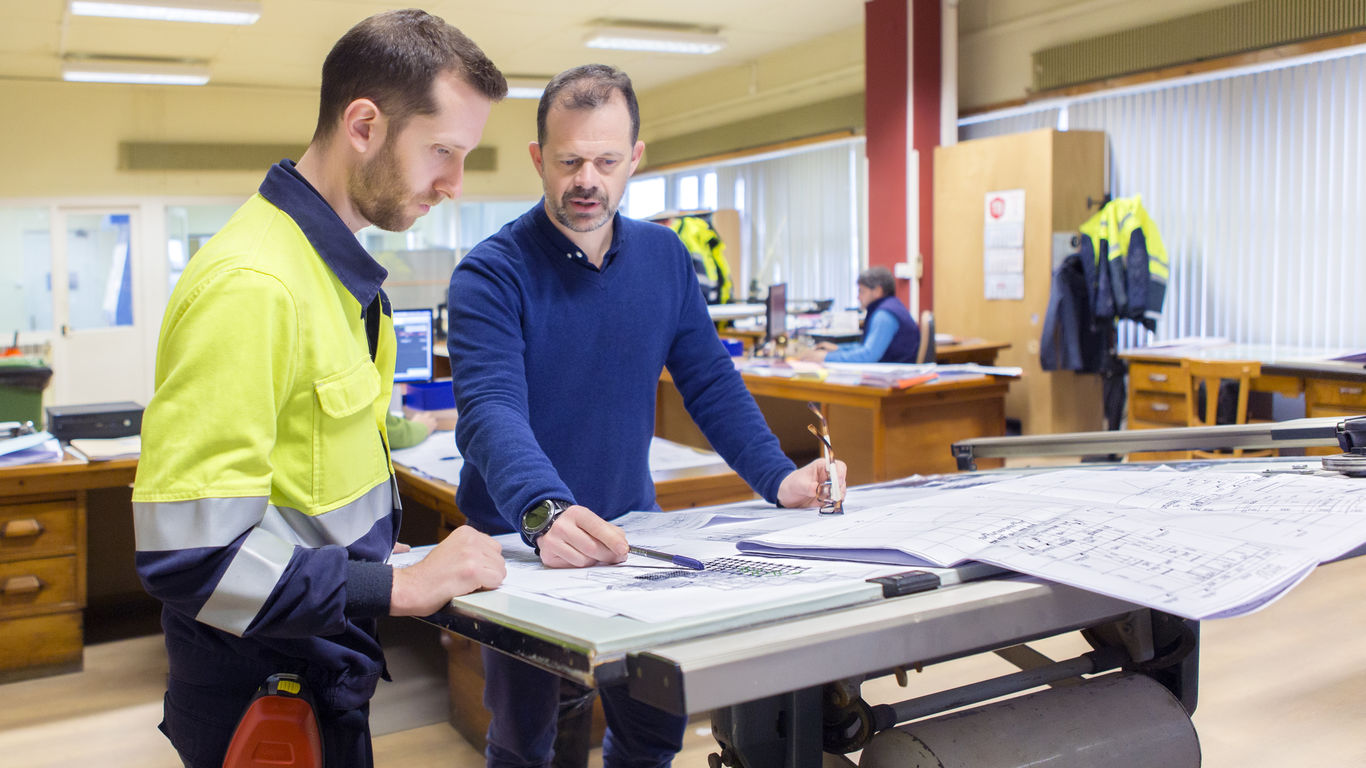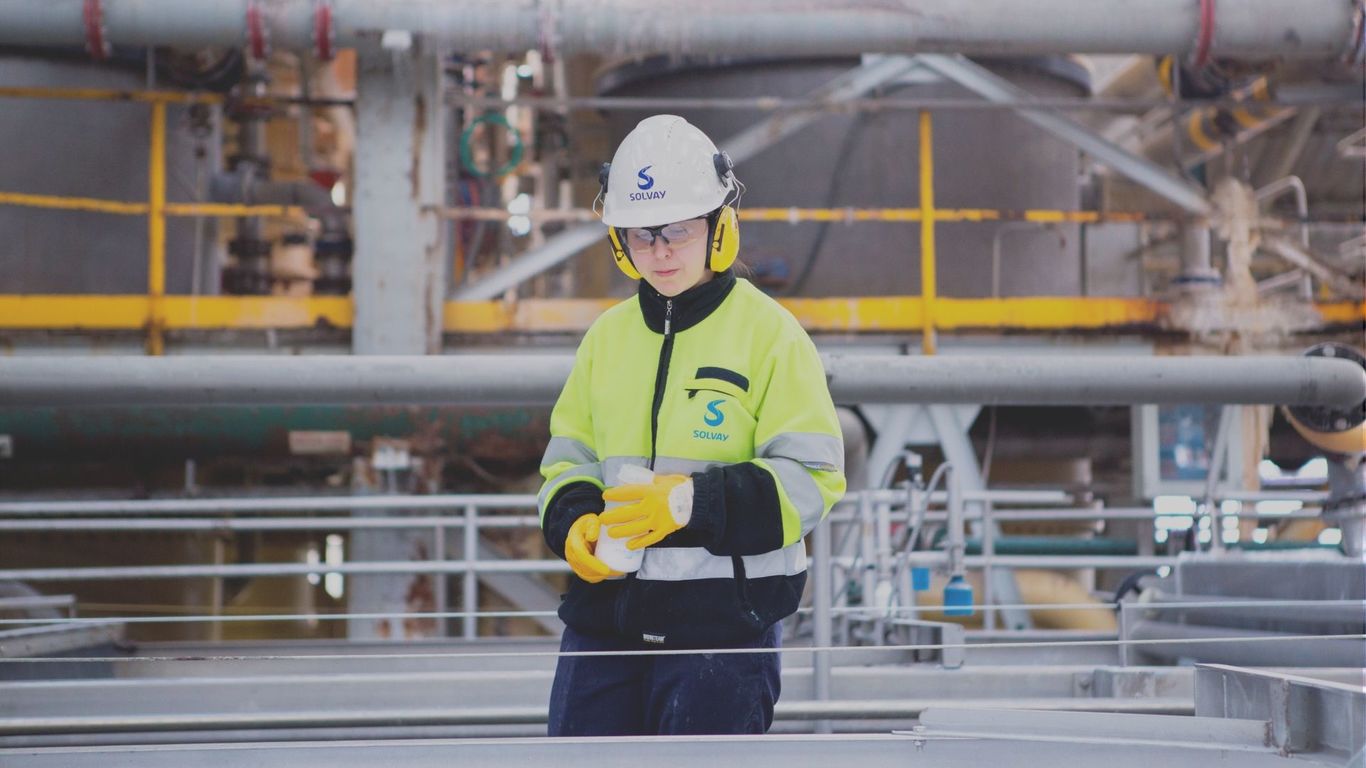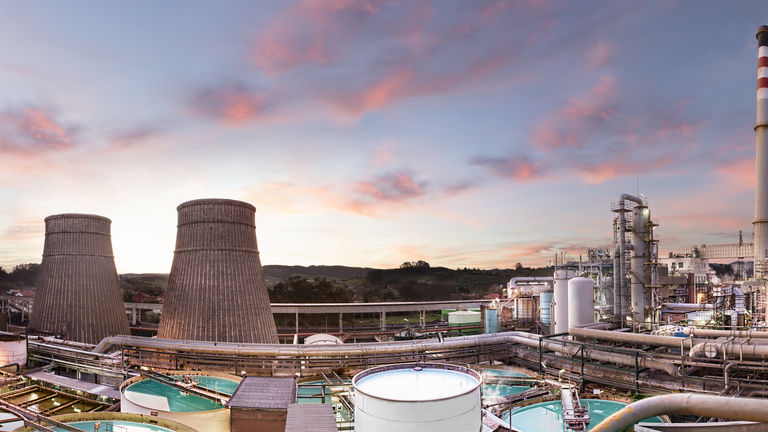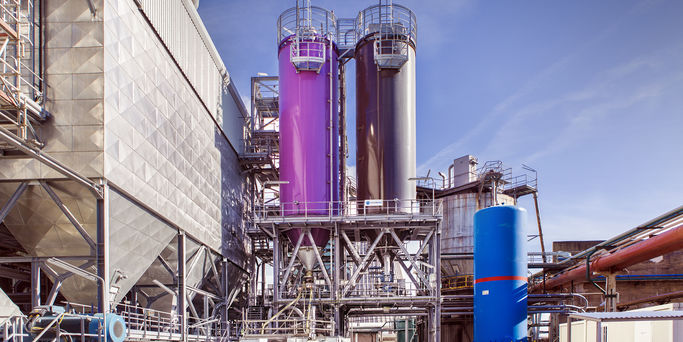SOLVAir® & Industrial Boilers - Key numbers and facts
Over 98% achievable mitigation rate for HCl with ESP and FF
Over 95% achievable mitigation for SO2 with FF
Over 90% achievable mitigation for SO2 with ESP
25 to 2,500 kg/h injection rates
Works with boilers burning a variety of raw materials including, cereal grain hulls, wood waste, railroad ties, tires, roof tiles, cooking residues, medical waste, animal carcasses and sludge to name a few.
Context: Industrial boilers have to comply with regulations to keep functioning
Different laws, different fuels, same needs
National and local regulations for air pollution control are implemented for environmental and public health benefits. Facilities equipped with industrial boilers, due to the pollutants they emit (particulate matter, SO2, HCl and Hg), are being challenged by authorities to reduce their emissions.
Some of our customers want to be able to enjoy fuel flexibility, others have changing sources of feed in their processes, and certain facilities produce power as well. In every case, they need to be able to rely on an adaptable and efficient flue gas treatment solution.
Stricter regulations on the way
More and more regulations regarding industrial boilers are being implemented throughout the world. In the United States, these comprise a wide range of laws such as the Clean Air Act, MATS, the Regional Haze Rule, CISWI, as well as local regulations. In Europe, the BREF for Large Combustion Plants will be translated into national laws by 2021 at the latest.
To get more details about the legislation in the US, see our pollutants page
Variable emissions limitations
Depending on the country the plant operates in, but also the fuel it uses and its size, emissions limits for acid gases can vary as follows:
10-500 mg/Nm3* for SOX
50-400 mg/Nm3* for NOX
1-10 mg/Nm3* for HCl
*(dry 6% O2)
What challenges do industrial boilers need to overcome?
Obtaining mitigation levels over 80% of acid gases, primarily HCl and SO2, requires industrial boiler operators to invest in an air pollution control system for their facilities. However, they frequently have to undergo re-permitting when adding air pollution control equipment, or when adapting to new fuel sources.
The challenge is to be able to continue to run efficiently while complying with new emissions limits and controls. Additionally, these plants are usually smaller in scope, with less of a footprint to work within installing additional equipment and have small engineering departments. This often requires them to resort to expensive external consulting.
What SOLVAir® can do for industrial boilers
Injecting a dry-sorbent into the flue gases
With its best-in-class technology, a specifically engineered Dry Sorbent Injection system (DSI) using a nontoxic sodium-based sorbent, SOLVAir® provides its customers with a cost effective, easy-to-use and long-term solution for regulatory compliance for acid gas emissions, now and in the foreseeable future.
Why choose SOLVAir®’s solution?
It mitigates acid gases selectively (HCl, SO3, SO2), and increases Hg adsorption efficiency
It enables better ESP operation in most cases and selectively better SCR operation
It improves particulate matter capture when injection happens before ESP
It enables SO2 concentration control (stand-alone or in combination with tail-end systems like wet scrubbers)
The adsorbent injection can be done upstream of an ESP or FF
It allows higher reactivity with SOX than calcium-based sorbents, thus reducing specific consumption and residue production
It allows short compliance times: as little as 1-2 years from initial tests to system completion
It offers the large swing capacity of DSI (Dry Sorbent Injection) systems, which is crucial when flexibility is required

Case studies
Read our case studies to get some data!

Contact
A question? Contact our team!



